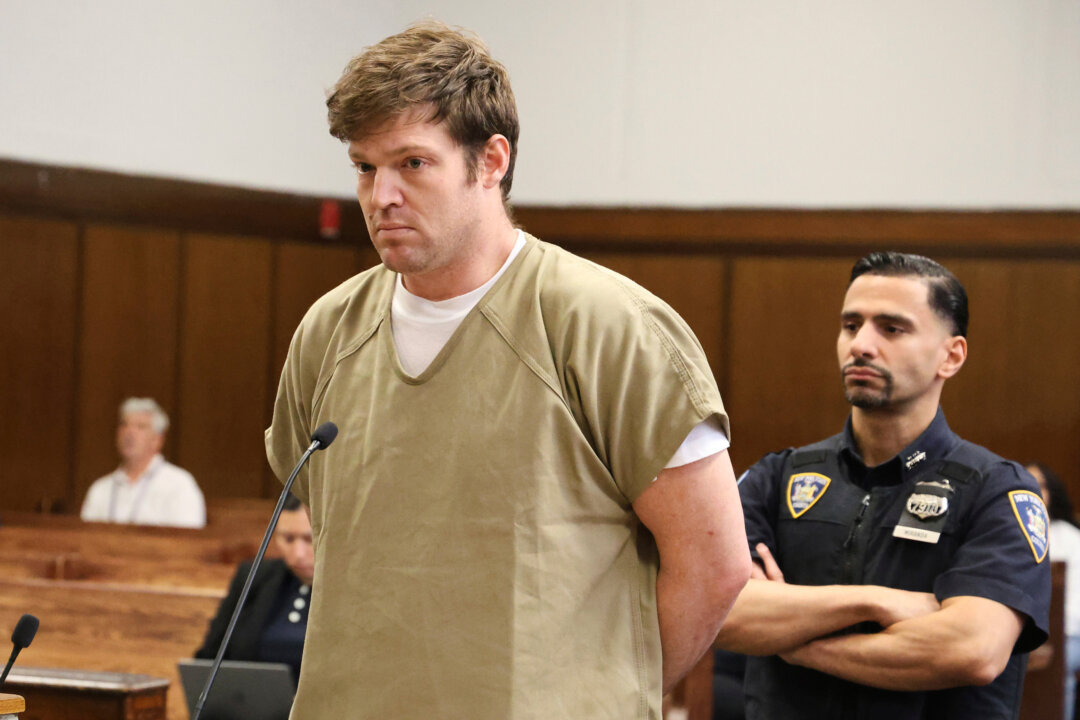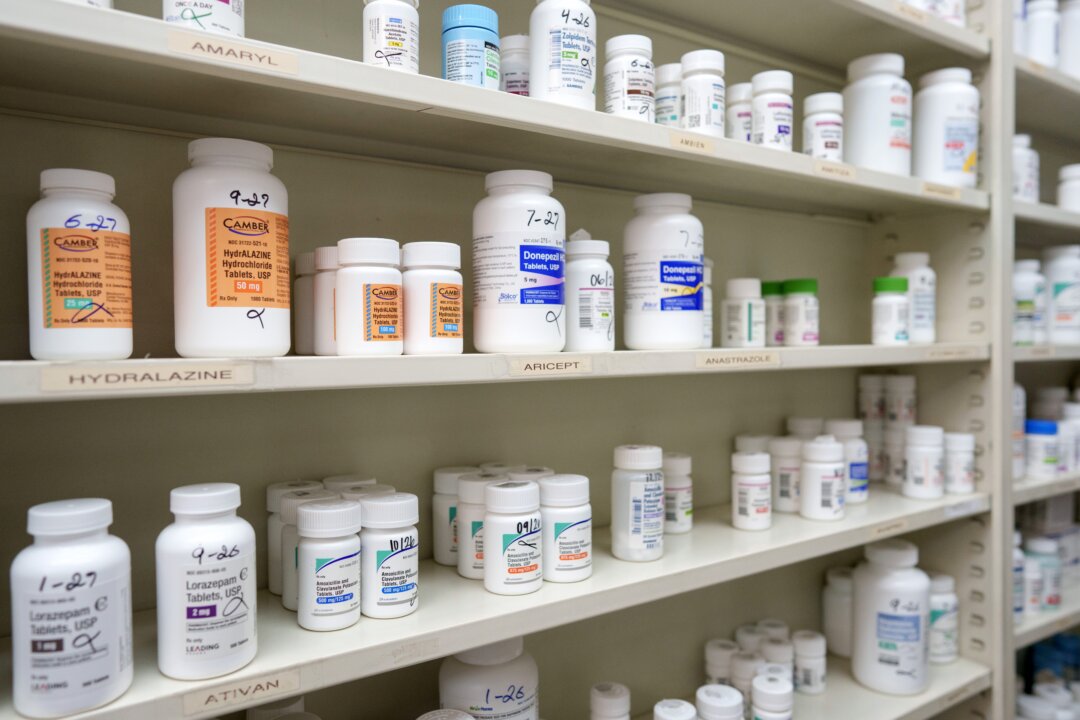
WWW.THECOLLECTOR.COM
10 Historic Sites in Miami You Should Visit
Floridas history stretches from early Spanish colonization and the Seminole Wars to its role in the Civil War and the Cuban exile era. But no city within the state reflects this layered past quite like Miami. Founded in 1896, Miami quickly grew from a swampy frontier town into a vibrant coastal metropolis shaped by immigration, architecture, and cultural movements. Its development tells the story of railroads, hurricanes, and resilience. Today, the city is home to a remarkable collection of historic landmarks, each preserving a chapter of its past. Here are ten must-see historic sites in Miami worth your visit.1. Vizcaya Museum and GardensVizcaya Museum and Gardens, Miami, Florida. Source: Wikimedia CommonsNestled on the shores of Biscayne Bay, Vizcaya Museum and Gardens, one of the best museums to visit in Florida, is a testament to Miamis Gilded Age elegance. Constructed between 1914 and 1922 as the winter estate of industrialist James Deering, the villa draws inspiration from Italian Renaissance architecture.Visitors can explore the Main House, which boasts over 70 rooms adorned with antiques and decorative arts spanning from the 15th to 19th centuries. The interiors reflect a harmonious fusion of historical artifacts and early 20th-century innovations, including a central vacuum system and one of Miami-Dade Countys first residential elevators.The estates 10-acre formal gardens are a highlight, featuring a blend of Italian and French design elements. Visitors can wander through the Maze Garden, Secret Garden, and the recently restored Fountain Garden, which showcases a variety of exotic plants and classical sculptures.2. Freedom TowerThe Freedom Tower in downtown Miami, Florida. Source: Wikimedia CommonsStanding tall in Downtown Miami, the Freedom Tower is a beacon of hope and a testament to the citys rich history. Completed in 1925 as the headquarters for The Miami News, the 17-story building showcases Mediterranean Revival architecture, inspired by the Giralda bell tower in Seville, Spain. Its ornate design and towering presence made it a prominent feature of Miamis early skyline.From 1962 to 1974, the tower served as the Cuban Assistance Center, aiding thousands of Cuban refugees fleeing Fidel Castros regime. Dubbed the Ellis Island of the South, it provided essential services like medical care, housing assistance, and education resources, symbolizing freedom and new beginnings for many.Now under the stewardship of Miami Dade College, the Freedom Tower is undergoing renovations to preserve its legacy. Set to reopen in September of this year for its centennial, it will feature updated exhibitions, including the Cuban Legacy Gallery and the Exile Experience, celebrating the diverse narratives that have shaped Miami.3. The Barnacle Historic State ParkSign at The Barnacle Historic State Park, Coconut Grove, Florida. Source: Wikimedia CommonsTucked away in the lush Coconut Grove neighborhood, The Barnacle Historic State Park offers a serene escape into Miamis pioneer past. Built in 1891 by yacht designer Ralph Middleton Munroe, The Barnacle stands as the oldest house in Miami-Dade County still in its original location.Visitors can explore the octagonal central room of the house, a unique architectural feature, and stroll through the surrounding tropical hardwood hammock, a rare remnant of Miamis original landscape.The park also hosts various events throughout the year, including concerts and educational programs, providing a dynamic experience for all ages.4. Ancient Spanish MonasteryAncient Spanish Monastery of St Bernard De Clairvaux Cloisters, Miami, Florida. Source: Wikimedia CommonsIn North Miami Beach sits a hidden marvel: the Ancient Spanish Monastery, officially known as the Monastery of St. Bernard de Clairvaux, a key figure who shaped the Second Crusade. Originally built in 12th-century Spain, its Romanesque and early Gothic architecture tells a story of European monastic life nearly a thousand years ago. In 1925, newspaper tycoon William Randolph Hearst purchased the structure, had it dismantled stone by stone, and shipped to the US, only for the crates to sit unopened for decades.Eventually reconstructed in the 1950s, the monastery was reassembled like a vast jigsaw puzzle and now serves as both a historic site and active Episcopal church. Visitors can wander through peaceful cloisters, arched corridors, and lush gardens that feel centuries removed from the city outside. Its a quiet place of reflection, yet brimming with extraordinary history. Tours are available most days, though the grounds sometimes close for weddings and private events.5. Lyric TheaterHistoric Overtown Lyric Theater, Miami, Florida. Source: Wikimedia CommonsThe Lyric Theater in Miamis Overtown neighborhood opened in 1913 and was the first Black-owned theater in the city. Built by Geder Walker, a businessman from Georgia, it quickly became a key venue for entertainment and community events in what was then a thriving African American business district. During segregation, the Lyric offered one of the few places where Black audiences could enjoy movies, concerts, and stage shows.Artists like Duke Ellington, Ella Fitzgerald, and Cab Calloway performed here, making the Lyric a cultural landmark for Black Miamians. After years of decline, the building was purchased and restored by the Black Archives History and Research Foundation of South Florida. It reopened in 2000 as a cultural arts complex.Today, the Lyric hosts live shows, community meetings, and heritage programs. Its open to visitors and remains an active part of Miamis cultural scene. The theater also helps preserve the history of Overtown and its contributions to the city.6. Trinity Episcopal CathedralTrinity Episcopal Cathedral, Miami, Florida. Source: Wikimedia CommonsTrinity Episcopal Cathedral, located at 464 NE 16th Street in Miami, is the oldest church within the citys original boundaries, established on June 12, 1896, over a month before Miamis incorporation. The current structure, completed in July 1925, was designed by architect Harold Hastings Mundy. It showcases a blend of Romanesque, Byzantine, and Italianate architectural styles, inspired by the Church of St. Gilles in southern France.Inside, visitors can admire intricate mosaics depicting the six days of creation, the hosts of heaven, and the Stations of the Cross. Stained glass windows illustrate events from the life of Jesus, corresponding Old Testament scenes, and various saints and scholars from the British Isles before the Protestant Reformation. The cathedral also houses a historic E.M. Skinner/olian Skinner pipe organ, renowned for its rich acoustics.Designated as the cathedral for the Episcopal Diocese of Southeast Florida in 1970, Trinity was added to the U.S. National Register of Historic Places in 1980. Today, it remains an active place of worship and community engagement, offering regular services and cultural events.7. Walgreen Drug Store BuildingWalgreen Drug Store, Miami, Florida. Source: Wikimedia CommonsThe Walgreen Drug Store Building, located at 200 E Flagler Street in Downtown Miami, is a notable example of Streamline Moderne architecture. Designed by Zimmerman, Saxe & MacBride with associate architect E.A. Ehmann, the five-story structure was completed in 1936. Its design features include horizontal bands of ribbon windows and a curved corner entrance, elements characteristic of the Streamline Moderne style, which emphasized aerodynamic lines and nautical influences.Upon its opening, the building was celebrated as the largest Walgreens store in the United States, featuring an 88-foot soda fountain, a candy kitchen, and an ice cream plant. Over the years, the building has housed various tenants, including La poca department store from 2005 to 2016.In June 2023, the building underwent a significant transformation and reopened as Julia & Henrys, a multi-level food hall and entertainment venue. This adaptive reuse project preserved the buildings historical elements while introducing contemporary features, such as a rooftop restaurant and a basement speakeasy inspired by Prohibition-era establishments.The Walgreen Drug Store Building was added to the U.S. National Register of Historic Places on January 4, 1989, recognizing its architectural and historical significance.8. The KampongCoconut Grove, Florida: The Kampong. Source: Wikimedia CommonsIf youre looking for a quiet, less-traveled historic site in Miami, The Kampong is worth your time. Located in Coconut Grove, this former private estate of horticulturist David Fairchild is now part of the National Tropical Botanical Garden. Fairchild, who introduced thousands of plant species to the U.S., used the grounds to experiment with tropical fruits, spices, and flowering trees still visible today.What makes The Kampong different isnt just the plants. Its the story behind them. The main house blends Spanish and Southeast Asian architecture, and the property hosted guests like Thomas Edison and Henry Ford. Rather than formal paths and signage, youll find a lived-in, research-focused garden that still supports botanical education.When visiting, expect to see rare fruit trees, bamboo groves, and ocean views, plus the quiet charm of a space designed for thoughtful study, not show. Its Miami history with a botanical twist.9. Venetian PoolVenetian Pool, Coral Gables, Florida. Source: Wikimedia CommonsThe Venetian Pool in Coral Gables, is a historic public swimming facility renowned for its unique origin and design. Originally a coral rock quarry, it was transformed in 1924 into a Mediterranean-inspired oasis by artist Denman Fink and architect Phineas Paist under the vision of city founder George Merrick. The pool features waterfalls, grottos, and a scenic bridge.Holding approximately 820,000 gallons of fresh water from an underground aquifer, the pool is drained and refilled daily during peak season, ensuring clean, chlorine-free swimming. Its historical significance is underscored by its inclusion in the National Register of Historic Places in 1981, making it the only swimming pool in the U.S. with such a designation.Visitors can explore the pools unique features, including its waterfalls and cave-like grottos, offering a blend of relaxation and historical ambiance.10. Bill Baggs Cape Florida State ParkCape Florida Lighthouse at Bill Baggs Cape Florida State Park on Key Biscayne, Florida. Source: Wikimedia CommonsBill Baggs Cape Florida State Park, located at the southern tip of Key Biscayne, offers a blend of natural beauty and historical significance. The parks centerpiece is the Cape Florida Lighthouse, originally built in 1825 and reconstructed in 1846 after damage during the Second Seminole War.Standing at 95 feet, it remains the oldest standing structure in Miami-Dade County. Visitors can climb its 109 steps during guided tours.Beyond the lighthouse, the park encompasses over a mile of sandy Atlantic beachfront, consistently ranked among the top U.S. beaches.Activities include swimming, kayaking, and cycling along a 1.5-mile paved path. No Name Harbor within the park provides a scenic spot for boating and sunset views.The park also holds historical importance as a recognized site on the National Underground Railroad Network to Freedom. In the early 1820s, it served as a departure point for enslaved individuals and Black Seminoles seeking freedom in the Bahamas.
0 Comentários
0 Compartilhamentos
140 Visualizações












